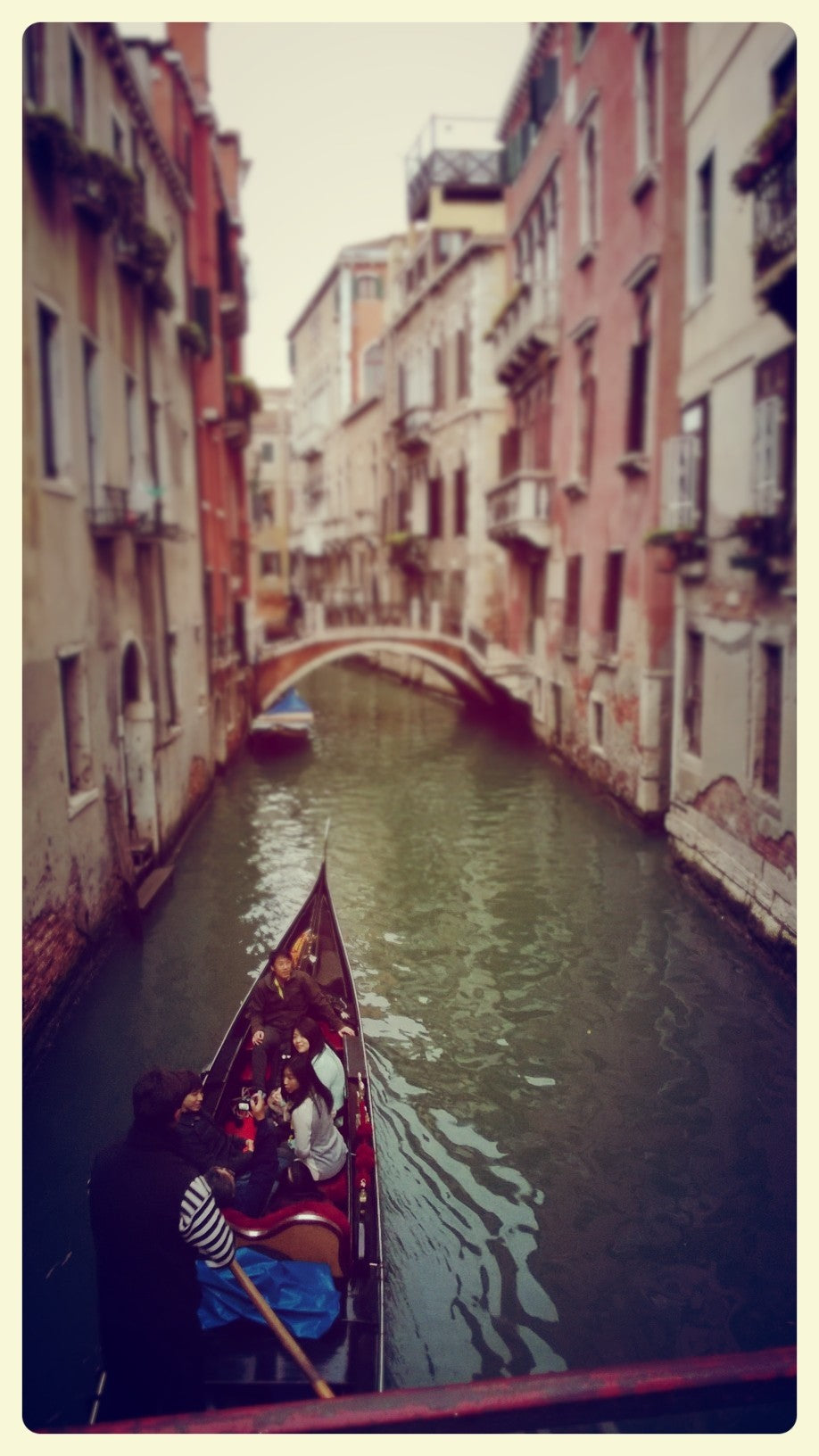The gondola certainly is the best known Italian boat and one of the most famous in the world. The construction secrets of this icon of the Venetian Lagoon have been handed down from generation to generation in the boatyards of the town.
A town, Venice, with a long tradition of building quality ships - assembled at the Arsenal - and a great variety of boats - made in the various boatyards around the city. Some examples include the sandola - long and narrow, perfect for fishing - the batèla buranela - deep and solid, ideal for heavy cargo – and the caorlina - with enough space for 6 oars and sails. In spite of this great variety, there is a boat that more than any other symbolizes Venice: the gondola. It weighs about 600 kilos (1322 lb), is 11 meters (433 in) long and between 1,4 (55 in) and 1,8 (71 in) meters wide, with a flat bottom that makes it suitable for navigation through the city's narrow canals.
Water covers about 62% of Venice and over 175 channels meander into the urban fabric so that the gondola was a very practical way to get around town. We could compare the gondolas to the modern small utility cars, perfect to move around our busy towns. In fact, back in the 16 th century, these canals were crossed by over 10.000 gondolas. Today the number has shrunk to 500.
Everyone is familiar with the magnificent gondola tours through the romantic canals of Venice. But the gondolas also shuttle passengers across the canals. Dedicated copper coins were once produced to pay for this special canal crossing service. Nowadays it costs 2€.
How a gondola is made.
The first document about gondolas dates back to 1094 and since then the only colour allowed for the painting is black. Construction techniques have evolved since then, but overall they have remained faithful to the original formula.
In Venice there are still some squeros , small boatyards dedicated to the production of gondolas. These are built to order and are calibrated according to the gondolier's weight. For this reason the price of a gondola can climb up to 35.000 € and the construction time can take one year. Only the highly skilled gondola builders - called Maestri d’ascia (Master of the axe) or squeraroli - are able to perform this intricate art of making gondolas, which has been refined over hundreds of years.
A typical gondola is constructed using 7 different types of wood and 280 individual parts, including the most visible are the fero , the cavai , the forcola and the decorations in gold leaf:
1 - the fero , a metallic embellishment on the bow, today is purely decorative whereas originally it served as a counterweight. It represents the city of Venice: the upper section is the Doge 's hat - the town's chief magistrate, and the six prongs represent the town's districts or sestieri : Cannaregio, Castello, Dorsoduro, San Marco, San Polo, Santa Croce ;
2 – The forcola is the oar bracket on the gondola’s stern: movement of the oar in all directions is only possible if the forcola is perfect;
3 - The cavài - horses in the Venetian dialect - are the metal decorations on the sides of the gondola that represent seahorses, marine divinities, dolphins and other maritime motifs;
4 – The gold leaf, which gives the gondola a final flourish, is laid on by the battidori (gold beaters).
Sightseeing of Venice would not be complete without a gondola tour and their singing gondoliers who escort visitors along the city’s canals.This great popularity explains why the gondola is also typical in the Muranese artistic production. Gondolas in Murano glass in all sizes and variations can be found in the shops of Venice. We have selected for you the best ones for quality and shape, handcrafted by expert artists using the a lume technique.



Hinterlasse einen Kommentar
Alle Kommentare werden vor der Veröffentlichung geprüft.
Diese Website ist durch hCaptcha geschützt und es gelten die allgemeinen Geschäftsbedingungen und Datenschutzbestimmungen von hCaptcha.